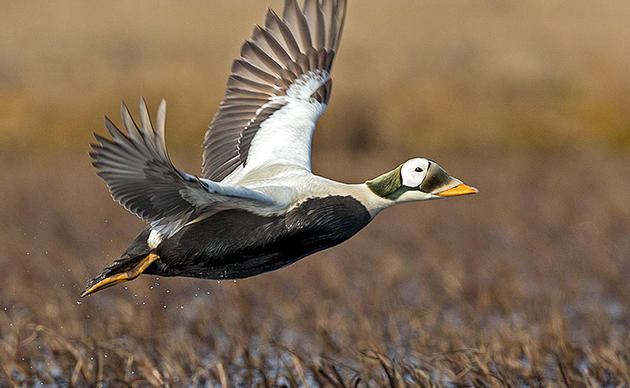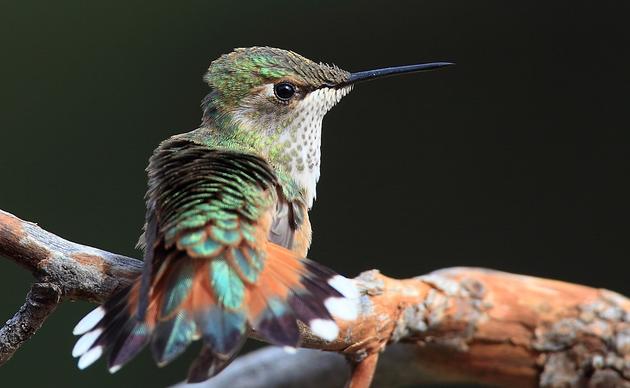Oceana, a member of the coalition, submitted document requests to State of Alaska, Department of the Interior (DOI), and National Oceanic and Atmospheric Administration (NOAA) seeking any state and federal records of actual, in-the-water demonstrations of response equipment in the Arctic. Oceana received no documents from DOI or NOAA, and the response from the State was shocking.
The most recent in-the-water test of response in America’s Arctic for which the State has documentation was in 2000—more than a decade ago. That test focused on some of the primary response options that Shell plans to use—skimmers and booms—and concluded that these tools are not likely to be effective in icy Arctic waters. This video clip, which comes from that test and was compiled by Oceana, shows just how ineffective boom can be, even in calm seas with good visibility and no wind.
Thus, neither the State of Alaska nor federal government has any documents showing that a company has demonstrated in the Chukchi or Beaufort Seas that it can respond effectively to an oil spill. Even in the relatively benign conditions of the Gulf, only 10% of spilled oil was recovered after the Deepwater Horizon spill, and these technologies have changed little since the Exxon Valdez spill, after which only 8% of the oil spilled was recovered. Similarly, response to the spill in the Yellowstone River has been ineffective, and other response options, including burning and dispersants, are likewise unproven and potentially dangerous.
The government cannot simply take Shell’s word that response equipment “will” work and spilled oil “will” be contained and cleaned up—especially when the evidence shows otherwise. Before Shell’s plans, or any others, are approved, we deserve to know how effective, if at all, the response to a spill might be.
America's Arctic Ocean and surrounding coasts are unique and important. For thousands of years, America’s Arctic has been home to vibrant communities that depend on healthy, functioning ecosystems to support their subsistence way of life. The Arctic’s Chukchi and Beaufort Seas provide vital habitat for many of our nation's most iconic wildlife species—polar bears, walrus, ice seals, bowhead whales, beluga whales, and more.
The Coast Guard, scientists, and communities have pointed to the lack of spill response in the Arctic Ocean. Having a paper plan is not enough to protect this special place. If America is entrusting the Arctic to a corporation, we must insist on proof that its plan will work. The vibrancy and biodiversity of the Arctic ecosystem depends on how we manage future development.
Numerous Arctic experts agree that the Arctic's extreme conditions pose challenges to cleaning up and responding to a spill in America's Arctic Ocean. Click here for quotes from the National Commission on the BP Deepwater Horizon spill and the US Arctic Research Commission.
The “United for America’s Arctic” coalition is currently comprised of nearly two dozen environmental organizations, representing millions of members across the country.
ALASKA WILDERNESS LEAGUE * ALASKA COALITION * CENTER FOR BIOLOGICAL DIVERSITY * CREDO ACTION *
DEFENDERS OF WILDLIFE *EARTHJUSTICE * EYAK PRESERVATION COUNCIL * GREENPEACE * NATURAL RESOURCES
DEFENSE COUNCIL * NATIONAL AUDUBON SOCIETY * OCEANA * OCEAN CONSERVATION RESEARCH * PACIFIC ENVIROMENT *SIERRA CLUB *THE WILDERNESS SOCIETY * WORLD WILDLIFE FUND
###
Now in its second century, Audubon connects people with birds, nature and the environment that supports us all. Our national network of community-based nature centers, chapters, scientific, education, and advocacy programs engages millions of people from all walks of life in conservation action to protect and restore the natural world.



